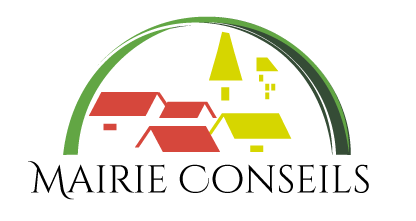• 3 main markets
• A communal forest –Mbiyeh-Mbibi
• Touristic sites: Small beautiful waterfalls (Sinna, Ntumbaw, Wowo, Taku, and the Ndu tea area), Caves (Sop, Sinna, Njirong, Njimnkang, Luh and Taku), the chief’s palaces with historical articles and traditional bamboo and thatched houses.
• 2 storage houses.
• Council guest hotel.
• Soils: three main soil types are identified; sandy clay or ferallitic soils, sandy loam soils, and alluvial deposits. Due to their rich nature, these soils are of great agricultural potentials, permitting the cultivation of low altitude crops.
• Flora and vegetation: there are two main ecological sub zones; the high altitude zone, characterized by sparsely wooden savannah, and the low altitude zone with tall grass species. Both natural and artificial forests exist with high predominance in timber production, the major species here include mahogany, Iroko (Melicia excelsa) and Sapele (Entandrophragma cylindricum).
• Fauna: include; monkeys, cane-rats (grass cutters), rabbits, deer, antelopes and rat moles.
• Mineral resources: sand, stones and laterite quarries. They are either use for house or road construction.
• Public works: poor state of roads, due to no maintenance of the roads.
• Environment and nature protection: environmental degradation due to poor cultivation techniques, and ignorance.
• Health: poor health care due to insufficient funds and insufficient number of staff.
• Water and Energy: Inadequate supply due to limited finances (for water) and limited energy sources (for energy).
• Women empowerment and family: less involvement of women in productive activities, due to no empowerment centers and gender bias.
• Education: low educational output /quality, due to insufficient number of teachers, infrastructure/equipment and limited financial resources of parents.
• East: Nwa Sub Division
• South: Mbiame (Bui Division)
• West: Noni Sub Division (in Bui Division)
• North: Nkambe
• South-west: Nkum Sub Division (in Bui Division), west by Noni
• Agriculture: (maize, beans, solanum potato, yam, vegetable, tomato, coffee, plantain, and rice). 90% of the people of the Ndu municipality currently depend on agriculture for a living.
• Livestock: (cattle, horses, goats, horses, sheep, table birds, and fowls). Livestock rearing is also a major economic activity in the area.
• Commerce: sales of food stuff, livestock and petty trading. Licensed agents buy coffee to supply to companies for processing.
• Craftsmanship: common craft works, mostly done by men of the area include bamboo chairs, carvings, traditional gowns and antiques characteristic of most grassland cultures. Craft works by women are mainly bamboo and elephant and stalk baskets.
• Others include: small medium size enterprises, services from organizations, hunting and
• Climate: Sudano-guinean marked by two seasons and an unimodal rainfall pattern; the dry season and the rainy season. Annually, rainfall ranges from 1300mm to 3000mm and a mean of 2000mm.
• Relief: characterized by an undulating landscape pattern with highlands and valleys as well as plains. Altitudes range from 700m asl in the Mbaw plain to about 2200m asl at Mbiyeh (Talla) in the mountainous zone.
• Hydrography: well ramified with streams and rivers, with over 20 streams, highly exploited in various villages as catchments for the community of the village. The main rivers include; the river Donga, the river Mantung, the river Masin, the river Mbim, and the river Mantumbaw.
